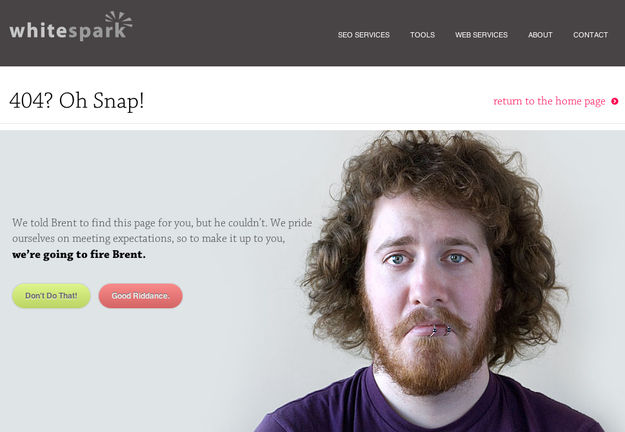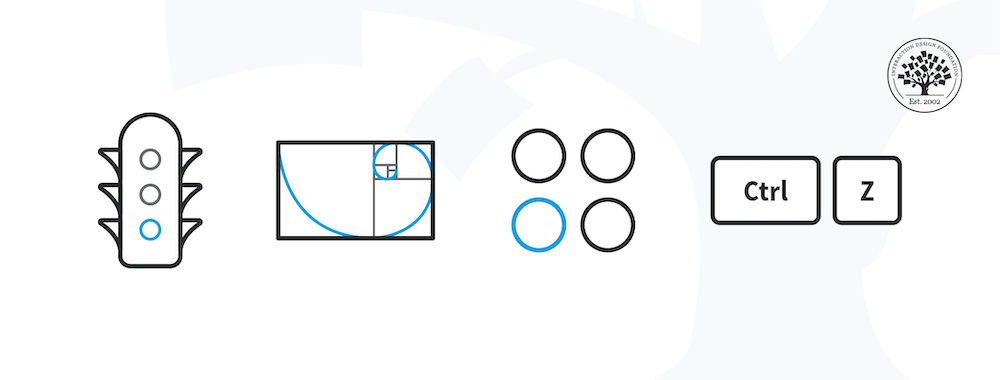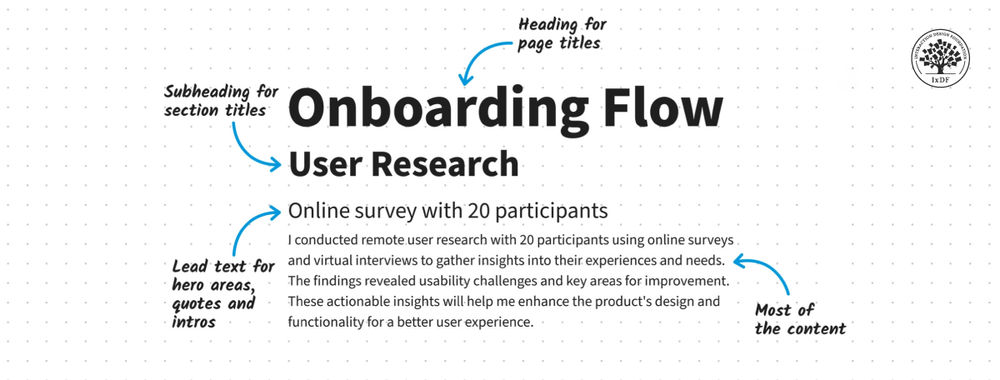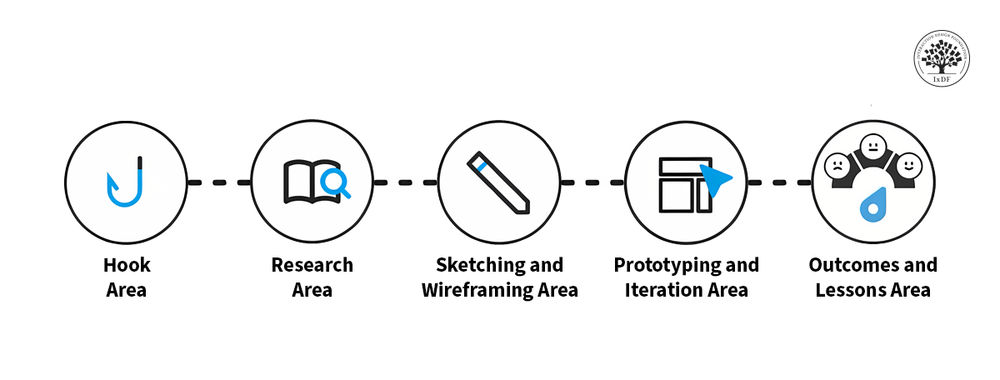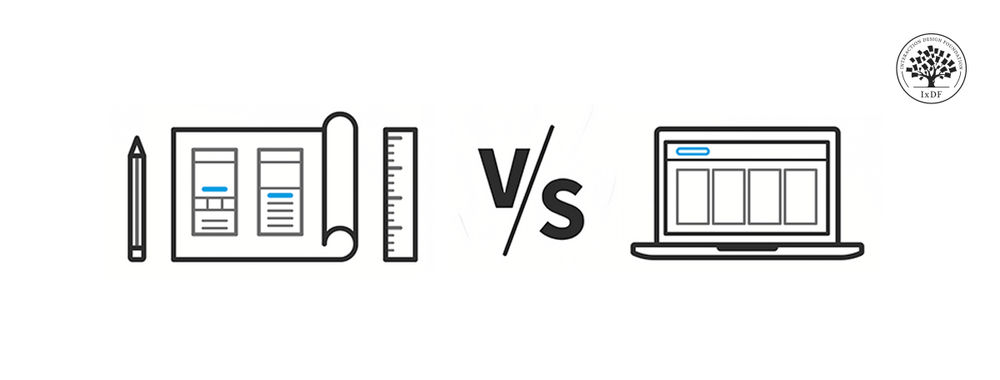It’s a fact of life that no matter how well you test your website; you’re going to end up with broken links. One minor tweak and you can find that dozens of links are broken and the first time you’re going to know about it is when you analytics package starts spitting out dozens of 404 error page hits.
This is frustrating for users; they’re not getting the information they came for and of course, you need to fix those links. But a bigger source of frustration for your users is probably your 404 page. Most 404 pages are uninformative about what has happened and what a user should do from here.
Now, before you run out to emulate someone else’s fantastic 404 page (Google for them – they do exist); you ought to spend some time working out what would make a fantastic 404 page for your users rather than someone else’s users.

Author/Copyright holder: Brice Argenson. Copyright terms and licence: CC BY-SA 2.0
So once you have an idea for a 404 page; why not test it? We’ve got some simple tips for making this work for you:
Ask Users to Familiarize Themselves With Your Site Before You Begin

Author/Copyright holder: clement127. Copyright terms and licence: CC BY-NC-ND 2.0
Users are much more likely to offer valuable insight and feedback if they understand what the heck it is you do in the first place. Before you test your 404 pages; get the users to have a play with your website. Investigate their impressions of your business; in particular how do they perceive the tone of your business? Staid and serious? Young and jovial? Hyper-professional?
That should give you a good idea of the tone that you need to deliver that 404 page in. It’s all well and good to have a notice saying; “We’re sorry this page has gone into hiding. Here’s a picture of a cat looking cute. When you’re ready click this link to go back to the home page.” but on a banking website – that’s likely to go down like a lead balloon.
Keep The Purpose of the Test Under Wraps
Errors are unexpected occurrences. If you tell the user you’re testing error pages – they’ll fix that in their minds and they’ll see the error as deliberate and part of the test. They’re much less likely to hate seeing a 404 error if they know it’s coming. You want an honest opinion on your 404 errors and that means providing a test which appears to be designed to do something else and then the user hits an error as they would in real life – apparently be accident.

Author/Copyright holder: Marvin Lee. Copyright terms and licence: CC BY 2.0
Make sure to pay attention not to just what users say about the error but also what they do – do they try to continue the test or abandon it and close the browser?
Ask Users What 404 Error Might Work for Them
Simple huh? If you ask your users what they’d like to find when something goes wrong; they can help you work out how to word your 404 page.
Header Image: Author/Copyright holder: White Spark. Copyright terms and licence: All rights reserved. Img Source
